Why Swiss celebrate children’s classic that’s not Heidi
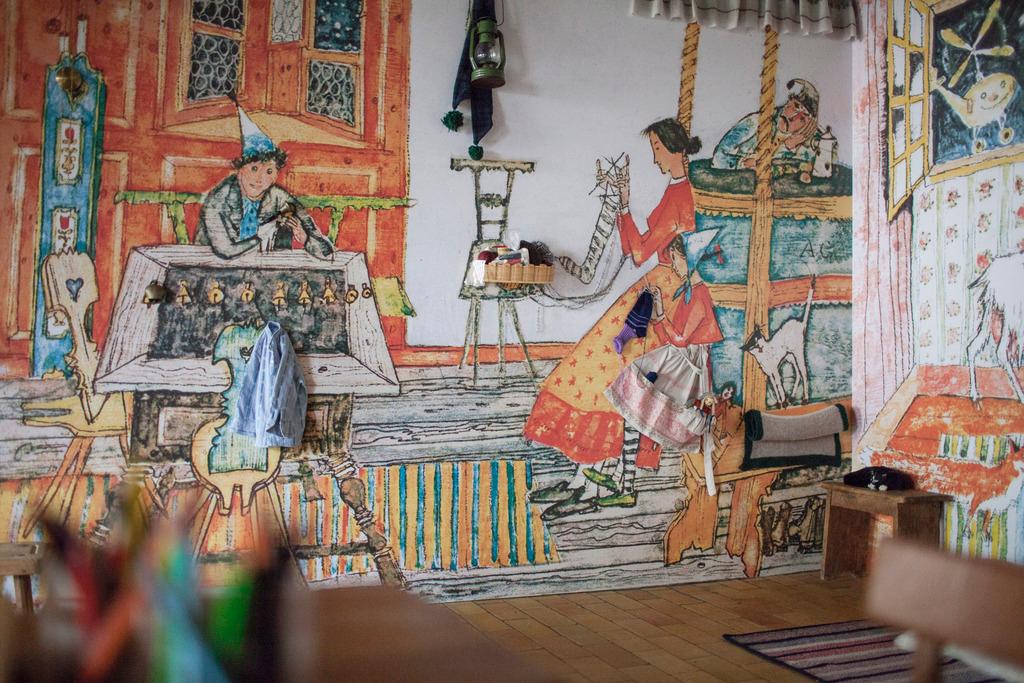
A Bell for Ursli can be read in English, Japanese and Afrikaans alongside its original language, Romansh. Despite – or because of – its popularity, the book’s illustrator, Alois Carigiet, sought recognition as a serious painter.
“High in the mountains, far and blue, there lives a small boy just like you…” The opening sentence of A Bell for Ursli (Uorsin in Romansh, Schellen-Ursli in German) is familiar to generations of children. But it is the distinctive illustrations by Alois Carigiet that have made it a bedtime favourite for decades: Ursli with his mane of curls topped with a little pointy hat, on his search for a big cowbell so he can head to the spring festival procession in his village.
At least a million copies of the book have sold since its publication in 1945, with the text, by author Selina Chönz, having been translated into nine languages. A German version came out at the same time as the Romansh.
Carigiet produced other children’s books, such as Florina and the Wild Bird, but none quite reached Ursli’s popularity. In 1966 Carigiet was awarded the prestigious international Hans Christian Andersen Award for children’s books.

More
Listen to an Ursli extract in Romansh
2015 marks the 70th anniversary of the publication of A Bell for Ursli.
This year is also the 30th anniversary of Carigiet’s death – and will see the release of a new Ursli film.External link Time, believes the Swiss National MuseumExternal link, to look beyond the children’s books.
A multitalent
“Carigiet is not just the father of A Bell for Ursli, and not just a painter. He was also an excellent graphic artist, stage designer, and co-founder of the Cabaret Cornichon,” said Pascale Meyer, curator at the museum’s Alois Carigiet: Art, Graphic art and Schellen-Ursli exhibition, which opened on June 10 and runs until January next year.
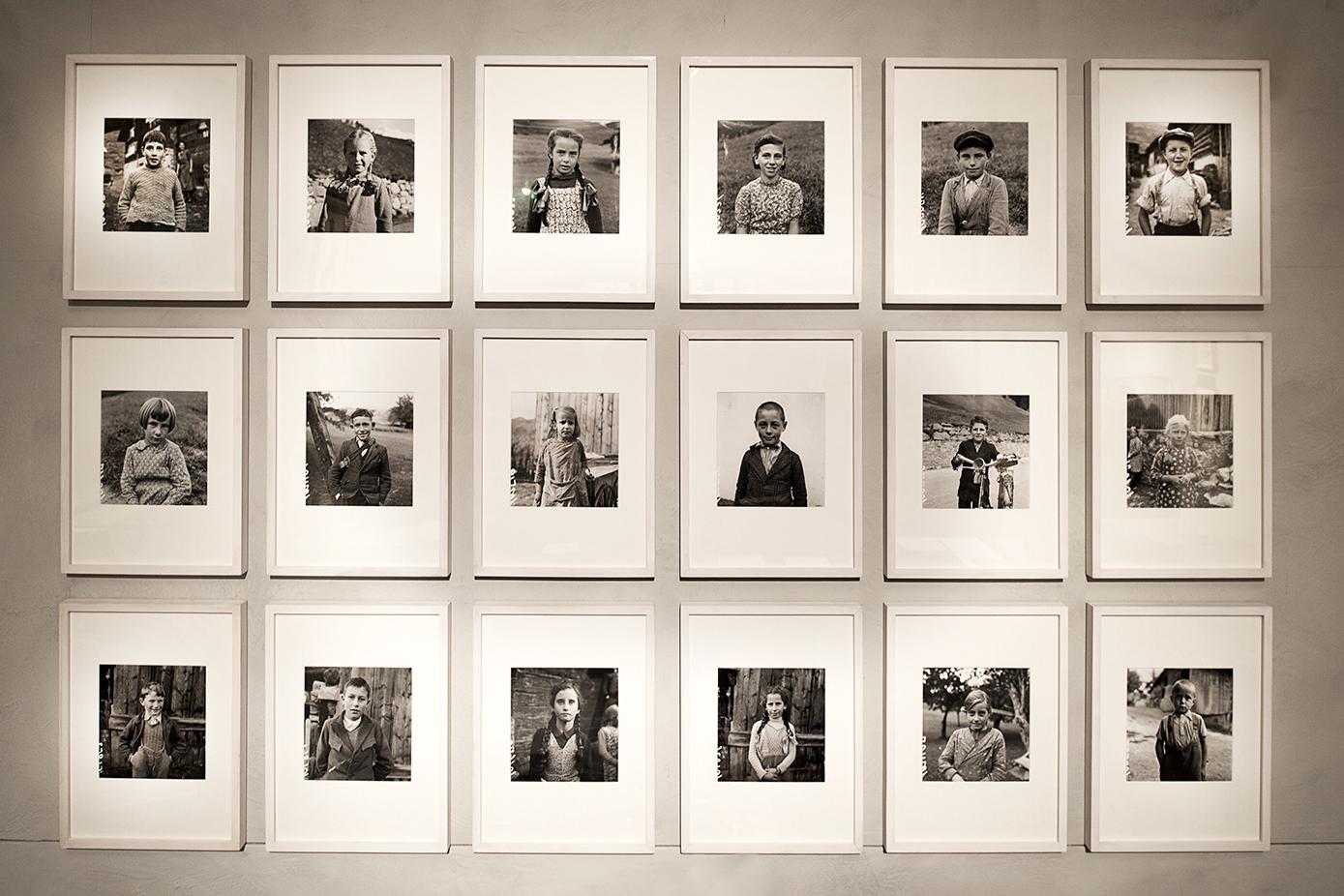
More
Carigiet on display
Carigiet was born in Trun, in the southeastern canton of Graubünden, in 1902. He was the seventh of eleven children, and, by his account, had an idyllic childhood in the mountains of this rural and at the time, poorer canton, before his father moved the family to the cantonal capital of Chur. Romansh was a family language.
He trained as a decorative designer, but was also a self-taught and highly prolific commercial artist, his work being used in tourism advertising and as the poster for the 1939 Swiss National Exhibition. “His works show wit and humour. He was one of the greatest Swiss poster artists,” Meyer told journalists at the press viewing.
He also did stage designs, including for the legendary Cabaret Cornichon (Gherkin Cabaret), which existed from 1934-51 and whose members included Carigiet’s brother, Zarli, a well-known actor at the time.
But it was with art that Carigiet’s heart lay and in 1939 he retired to the mountains of Graubünden to concentrate on painting.
His art
Stephan Kunz, director of the Graubünden Museum of Fine ArtsExternal link, which has lent several early paintings to the show, said Carigiet was known as an important artist from Graubünden, an image that he cultivated. “But he also gained an importance far beyond the canton’s borders,” he said.
Carigiet developed and refined a distinctive style, using motifs from his surroundings, which he explored in dynamic and robust compositions.
The artist was often seen in the mountains, sketchbook in hand, as this clip from Swiss public television SRF shows.
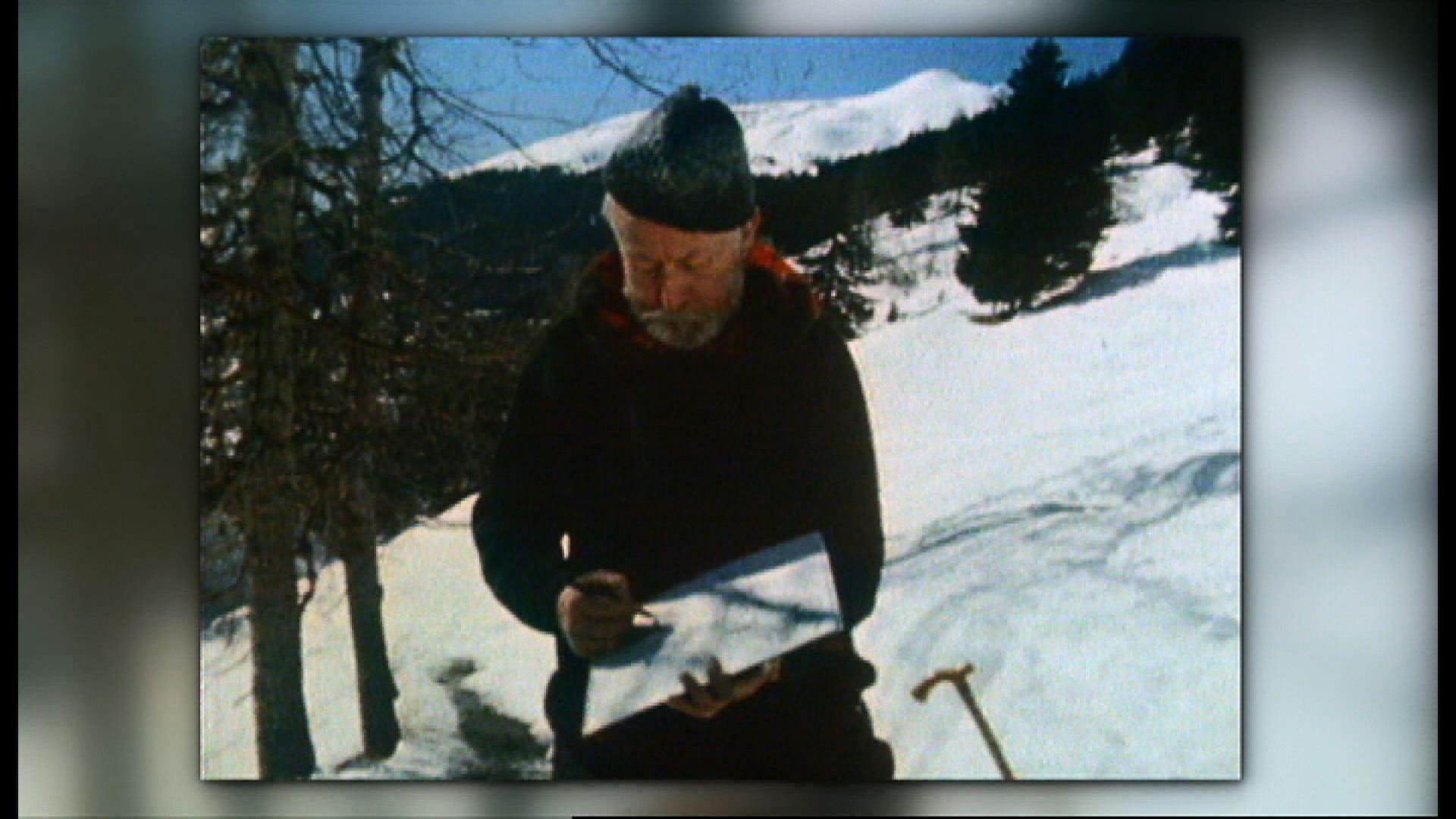
More
Why sketches are so precious
Carigiet was sometimes a source of puzzlement to his neighbours, Kunz said.
“He did something out of their everyday reality: they were farmers, agricultural workers, simple people that Carigiet respected, who asked why he was always painting cows red. He replied, ‘I am an artist and a bit crazy’, but they always respected him”.
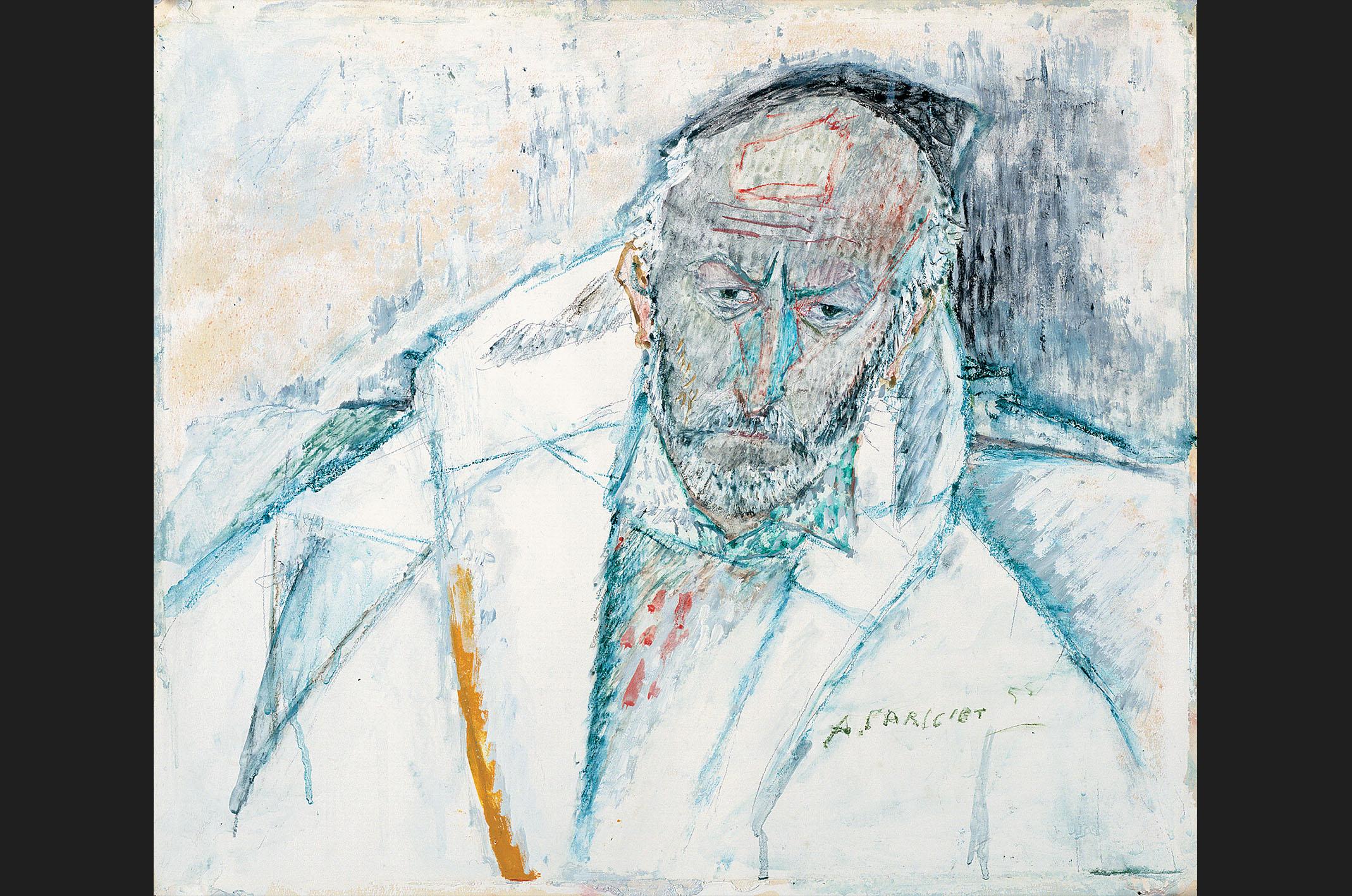
More
Carigiet – the early works
Carigiet’s big breakthrough as a painter came in 1951 with a huge mural in Zurich. But his popularity – as an illustrator but also through the mass production of his graphic work – harmed his artistic reputation, Kunz said.
So did his choice of regional-traditional (Heimatstil) themes. It was no coincidence that the Ursli book, which harks back to simpler times, was published post-war, at the time of wanting to return to conservative values.
“But if you look at his work, as an artist, as a painter, you see other qualities. He became a good painter,” Kunz added, pointing to the use of perspective and pictorial space in particular.
Ursli’s appeal
Initially Carigiet had refused to illustrate Ursli because he wanted to concentrate on his painting. He wrestled for a long time over the main figure, leading to a five-year gap between agreeing to do the work and publication. An original drawing from the book can be seen in the exhibition.
Ursli was an immediate success with the public, coming out in German and two Romansh idioms at the same time. It is now considered a children’s classic, says Ronny Förster of the Orell Füssli Publishing House,External link which has held the rights to Ursli since 1971.
It has been published in nine languages and will soon be published in Farsi. The English version External linkis often bought by tourists wanting a souvenir of an idyllic Switzerland, Förster added.
The book is particularly successful in Japan, with more than 42,000 copies through its Japanese publisher being sold in the country since 1973. “This may not seem a gigantic amount but what is interesting is that the publisher says that no other picture book sells on such a consistent and high level,” Förster told swissinfo.ch.
Ursli and his other books – sketches for a seventh, unpublished one, Krickel, about a baby mountain goat, are also on display for the first time in Zurich – may have overshadowed Carigiet’s other talents, but he derived immense pleasure from this work.
Even when he had stopped writing children’s books, he delighted in hearing about how children slept with the Ursli book under their pillows.
For him, he once wrote, it was important to bring to children, particularly those in the “grey streets and houses of the city” something of the “light and sparkle of a childhood in the mountains”.
Carigiet and Romansh
Carigiet grew up speaking Romansh – a language descended from Latin, particular to Graubünden. It is estimated that 60,000 people can hold a conversation in Romansh. It has been Switzerland’s fourth national language since 1938.
Carigiet was not an activist in the Romansh language movement, but he had a relationship to the Romansh culture and intellectuals, said Rico Valär, a Romanist and cultural scientist. “His works sometimes gave an image to Romansh, they influenced the perception of the Romansh people themselves and also the perception of Romansh by other people,” he told swissinfo.ch.
A Bell for Ursli made a big contribution to this, but Carigiet also illustrated many books for adults, which reinforced the link between Carigiet and the Romansh culture.
For Carigiet, Romansh was very much linked to his family. “He said that when he read the Romansh original text of a Bell for Ursli, he was so much thinking about his childhood and the beautiful time he had,” said Valär.

In compliance with the JTI standards
More: SWI swissinfo.ch certified by the Journalism Trust Initiative

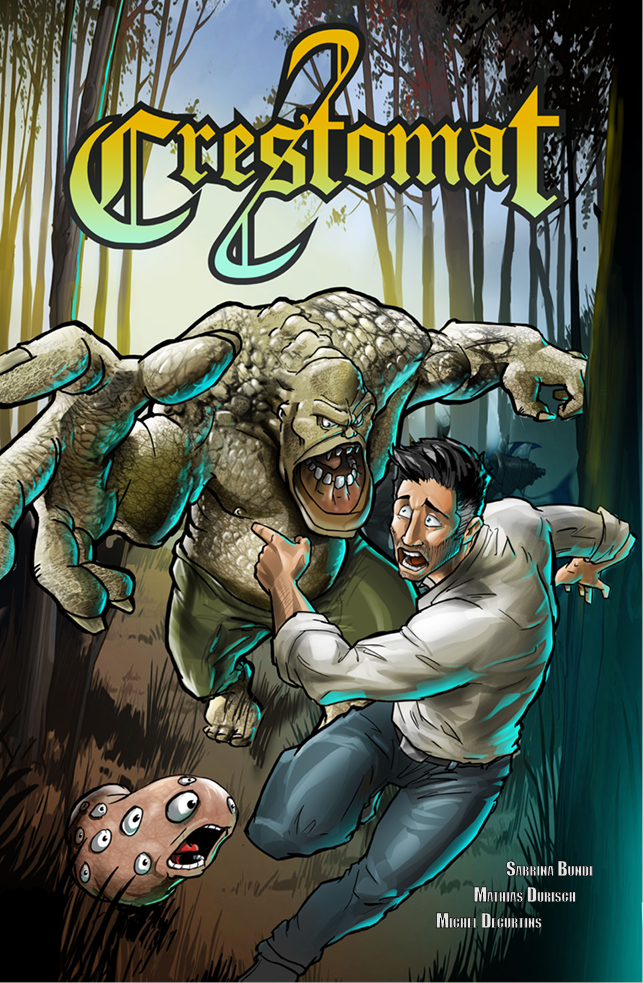

You can find an overview of ongoing debates with our journalists here . Please join us!
If you want to start a conversation about a topic raised in this article or want to report factual errors, email us at english@swissinfo.ch.